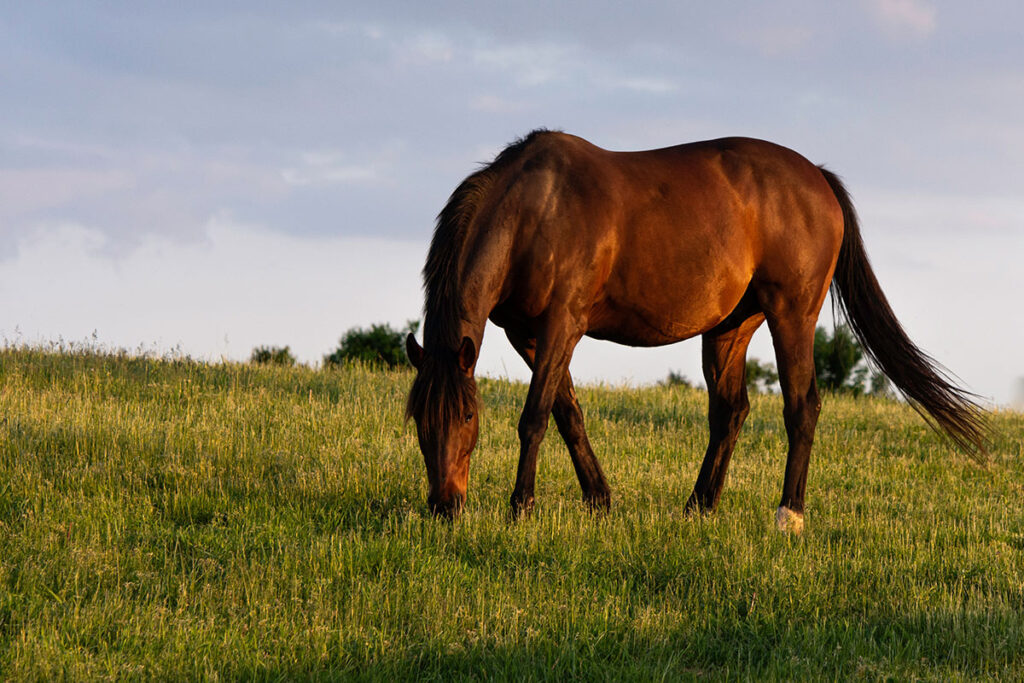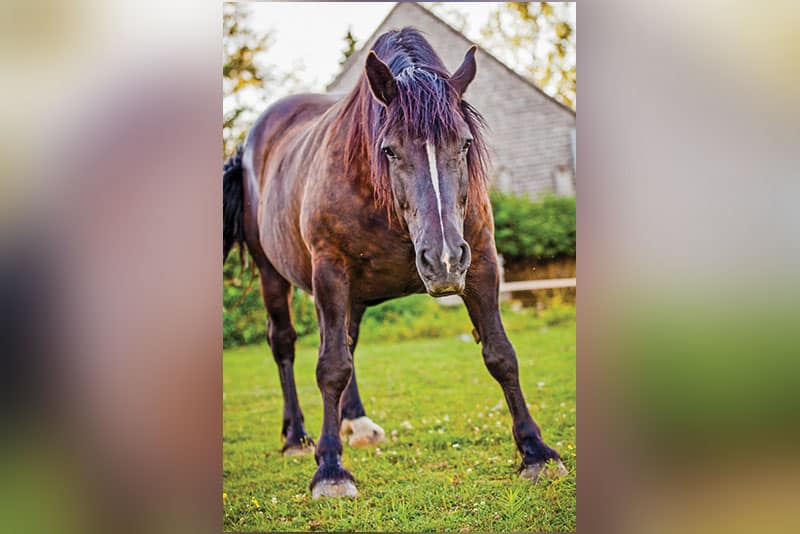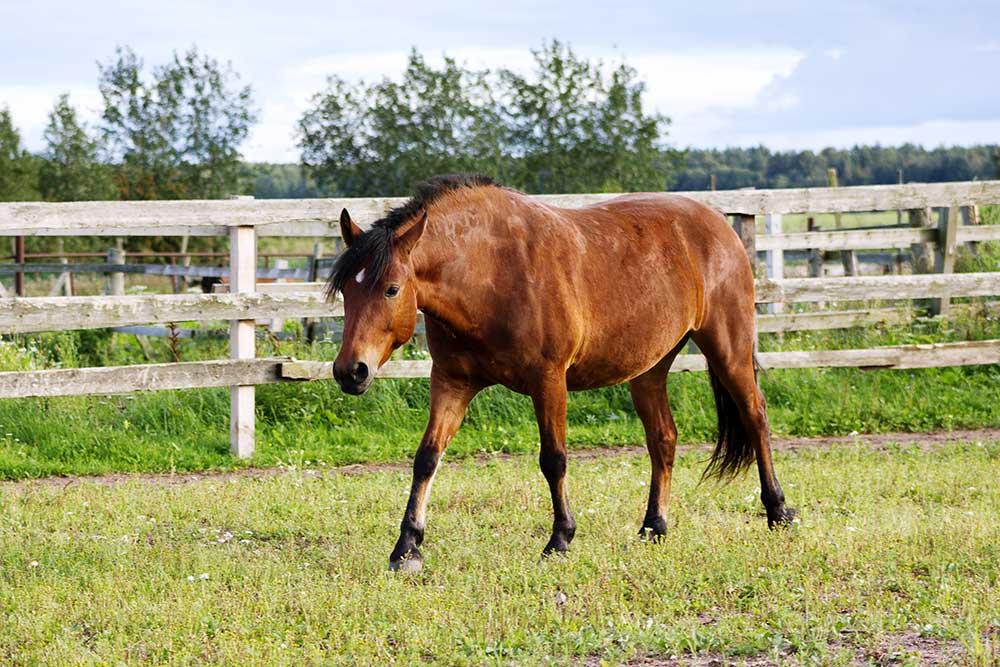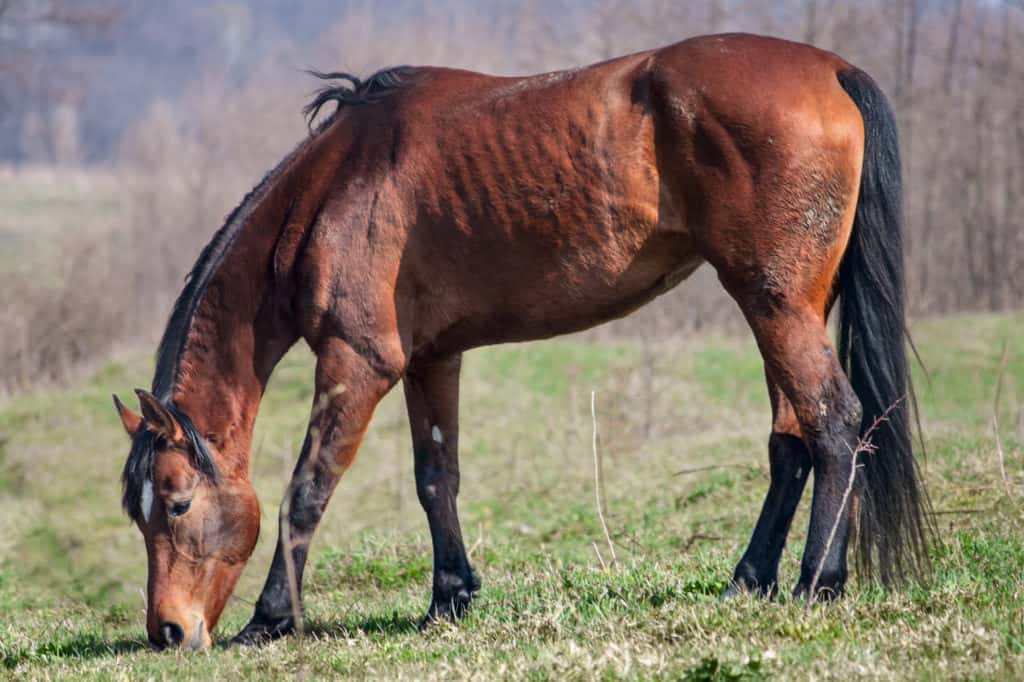
Endocrine Disease and Performance Horses—More Than Laminitis
Learn the latest on equine endocrine disease—causes, diagnosis, dynamic testing, and whole-horse treatment strategies—beyond just laminitis. Sponsored by Kentucky Performance Products.
Information on pituitary pars intermedia dysfunction (PPID), also known as Cushing’s Disease in horses.

Learn the latest on equine endocrine disease—causes, diagnosis, dynamic testing, and whole-horse treatment strategies—beyond just laminitis. Sponsored by Kentucky Performance Products.

One reader wants to know how she can manage her metabolic horse that is also prone to gastric ulcers. Here’s what she should consider.

Scientists recently examined the role of dopamine in horses with PPID and ID, as well as how pergolide affects dopamine receptors to treat metabolic problems.

Researchers believe PPID (formerly called equine Cushing’s disease) might have negative effects on mare fertility but need more research to understand why.

Manage at-risk horses’ diet and exercise to help avoid this painful condition.

Find out how to recognize when a horse is at risk of developing EMS-related laminitis and what you can do to either prevent or manage it so he stays sound.

Read about the do’s and don’ts of feeding horses that have 4 common health conditions, including gastric ulcers, metabolic disorders, and more.

Researchers believe this dewormer might still be effective in horses with PPID, formerly known as equine Cushing’s disease, despite their altered immune function.

Researchers found that aged horses with PPID (equine Cushing’s disease) might be at a higher risk of losing bone density, especially in non-weight-bearing bones.

Learn how to add calories safely to a metabolic horse’s diet without putting him at a greater risk of developing laminitis.

Do you struggle to get pills into your horse? A nutritionist offers advice and some precautions.

Test your knowledge about the tricky world of PPID, EMS, ID, and more.

A nutrition expert offers care and feeding tips for a thin senior horse before the cold weather hits.

Are horses that develop sepsis-related, supporting-limb, or idiopathic laminitis at a higher risk of developing endocrinopathic laminitis down the road?

An owner seeks advice on managing a senior horse with PPID (formerly Equine Cushing’s) disease during a heat wave.

Discover what, when, and how to feed horses with metabolic issues such as EMS, ID, and PPID.
Stay on top of the most recent Horse Health news with
"*" indicates required fields